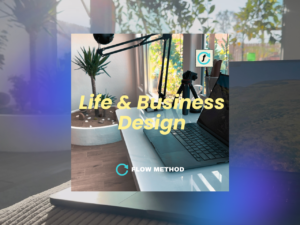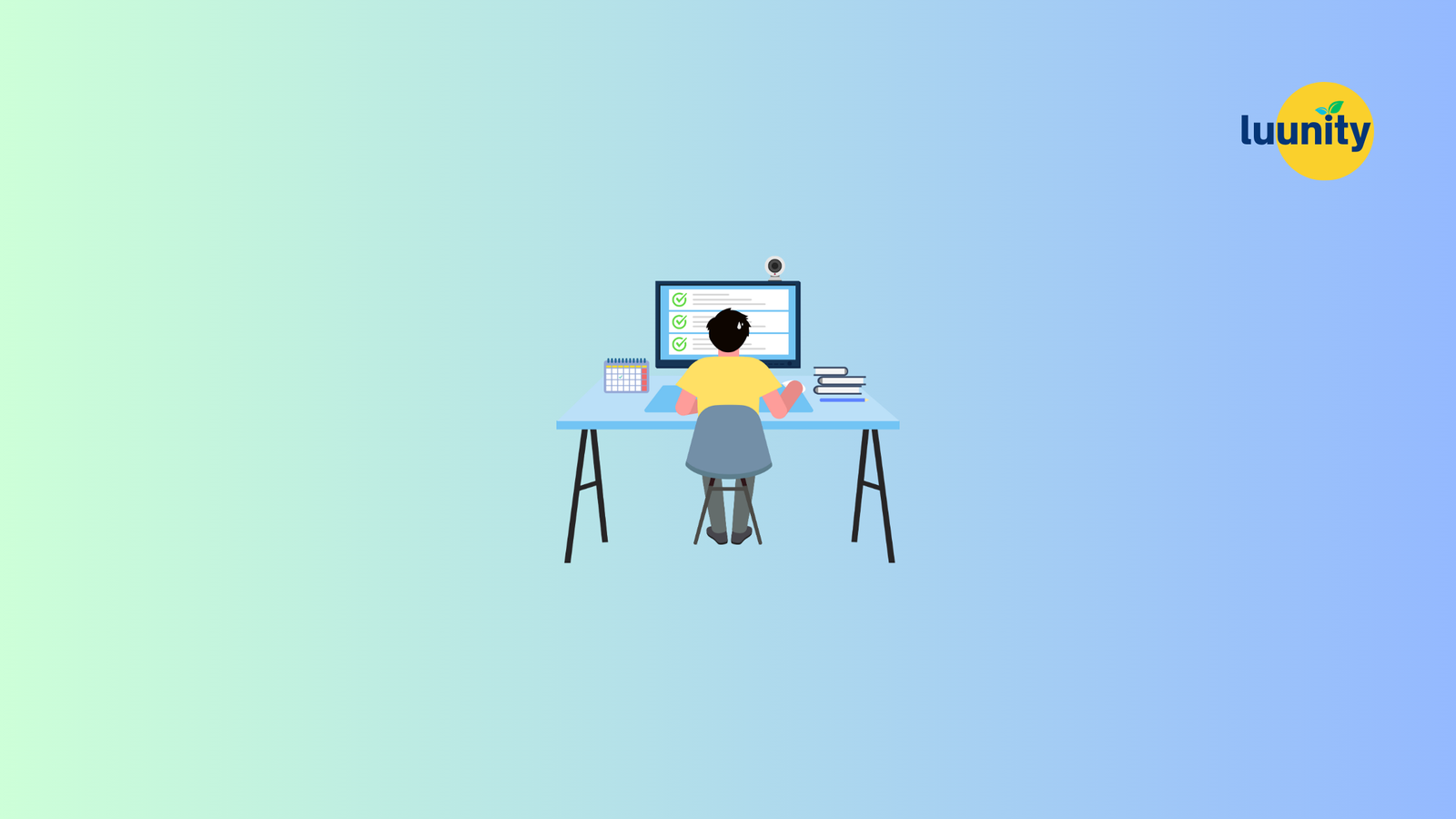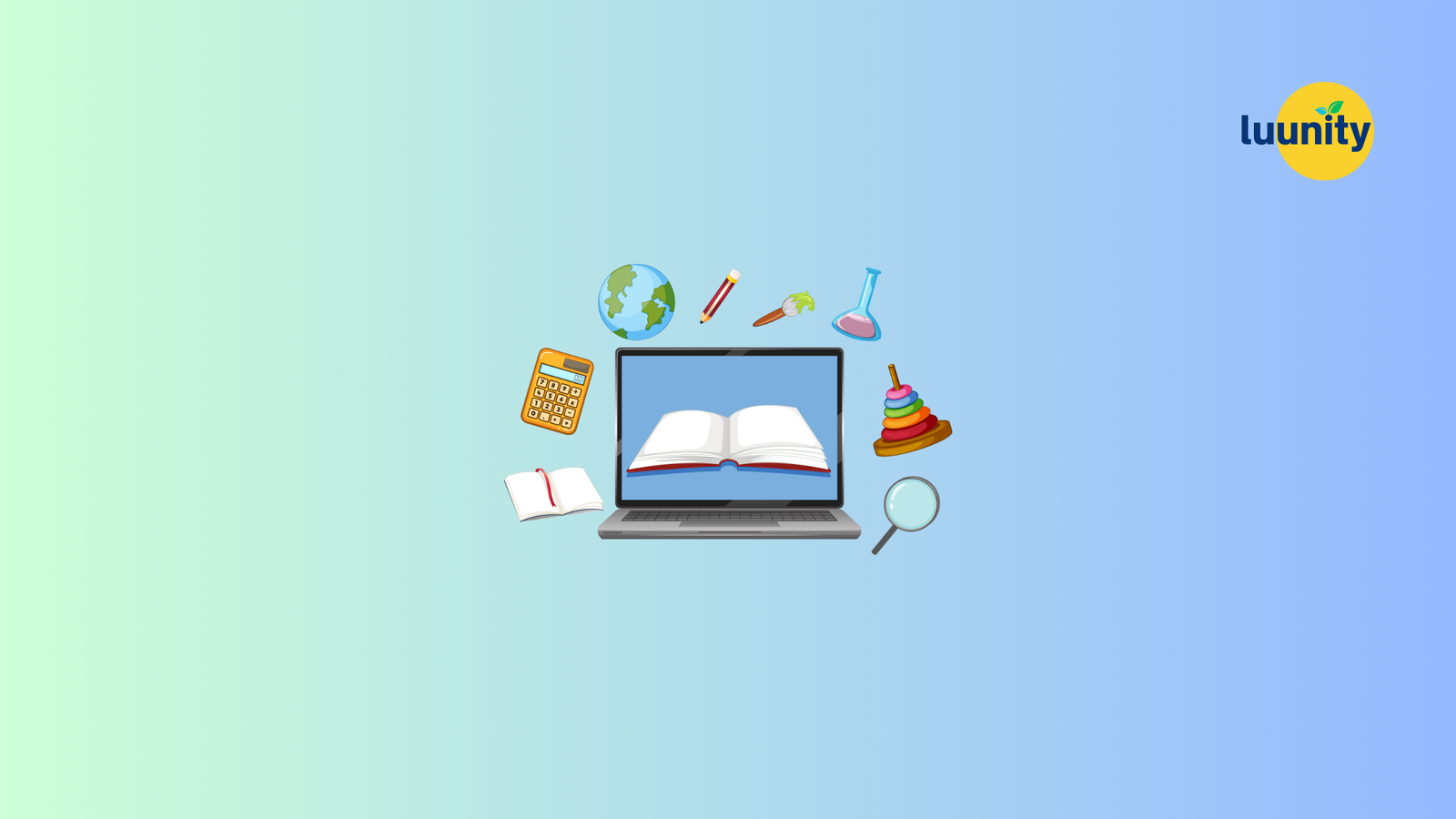Learning Styles
This is your comprehensive guide to understanding how different individuals learn best through exploring the different Learning Styles.
Explore the various learning styles, including Visual, Auditory, Kinesthetic, and more, to discover the methods that resonate most with you or your students. Whether you’re a teacher, student, or lifelong learner, this page provides valuable insights and practical tips to tailor education and personal development to individual learning preferences. Unlock the potential of personalized learning and enhance your educational experience by understanding the unique ways we all absorb and process information.
Explore the Learning Styles
Curious Mind
Open-Mindedness
Self-Motivation
Adaptability
Reflective Thinking
Resilience
Collaborative Spirit
Goal-Oriented
Overview of Learning Styles
Learning styles refer to the various ways in which individuals prefer to absorb, process, and retain information. The concept of learning styles recognizes that everyone has a unique approach to learning, influenced by their experiences, personality, and cognitive preferences. Understanding these different styles can enhance both teaching and learning, as it allows educators and learners to tailor their methods to maximize understanding and retention.
The Foundation of Learning Styles
The idea of learning styles is rooted in the recognition that the traditional one-size-fits-all approach to education does not work for everyone. Some students might grasp concepts better through visual aids, while others might find that they learn best by listening to explanations or engaging in hands-on activities. Learning styles provide a framework for identifying these differences, enabling a more personalized and effective learning experience.
The Main Types of Learning Styles
Learning styles are typically categorized into several main types, each representing a different approach to processing information:
- Visual (Spatial) Learning: Visual learners prefer to use images, diagrams, and charts to understand concepts. They often think in pictures and are good at remembering visual details.
- Auditory Learning: Auditory learners learn best through listening. They benefit from discussions, lectures, and audio resources, and often excel in environments where they can hear and verbally process information.
- Kinesthetic (Physical) Learning: Kinesthetic learners are hands-on learners who prefer to learn by doing. They benefit from activities that involve movement, touch, and physical engagement.
- Reading/Writing Learning: These learners excel through reading and writing. They prefer to interact with text and are often good at taking notes, reading instructions, and writing essays.
- Logical (Mathematical) Learning: Logical learners thrive on reasoning and problem-solving. They prefer to work with numbers, patterns, and logical sequences, and often enjoy puzzles and experiments.
- Social (Interpersonal) Learning: Social learners excel in group settings. They benefit from collaboration, discussions, and sharing ideas with others.
- Solitary (Intrapersonal) Learning: Solitary learners prefer to work alone. They are introspective and thrive when given the opportunity to study independently, set personal goals, and reflect on their learning.
- Multimodal Learning: Some learners do not fit neatly into one category and instead use a combination of learning styles. These multimodal learners are versatile and can adapt their learning strategies to different situations.
The Importance of Understanding Learning Styles
Recognizing and understanding your learning style—or the learning styles of those you teach—can lead to more effective education. For learners, it allows for the customization of study habits that align with their natural preferences, making learning more enjoyable and productive. For educators, understanding the diverse learning styles of students enables the creation of lesson plans that reach a broader audience, ensuring that all students have the opportunity to succeed.
By acknowledging that learning is not a one-size-fits-all process, we can create educational environments that foster greater engagement, comprehension, and success. Whether in a classroom, at work, or in personal development, applying the principles of learning styles can unlock a deeper understanding and a more fulfilling learning experience.
The Role of Learning Styles in Modern Education
In today’s educational landscape, learning styles are more relevant than ever. With the increasing use of technology and digital resources, there are more opportunities to tailor learning experiences to individual preferences. Online courses, interactive apps, and multimedia resources allow learners to engage with material in ways that suit their unique styles, enhancing both their enjoyment and effectiveness in learning.
Understanding learning styles also empowers individuals to become more self-directed in their education. By identifying their preferred learning methods, learners can seek out resources and strategies that align with their strengths, leading to more successful and rewarding learning outcomes.
On Adapting Learning Styles for Success
Adapting your learning style is key to unlocking your full potential in both educational and professional settings. While understanding your natural learning style is important, the ability to adapt and incorporate different styles can greatly enhance your learning experience and overall success. By recognizing the demands of various tasks and adjusting your approach accordingly, you can become a more versatile and effective learner, capable of thriving in diverse situations.
Why Adaptability Matters
Adaptability in learning is about more than just sticking to your preferred style; it’s about being flexible and responsive to the challenges you face. Different situations, subjects, and environments often require different approaches. For instance, a project that requires detailed analysis may benefit from a logical approach, while a creative task might require a more visual or hands-on method. By adapting your learning style, you can:
- Maximize Efficiency: Tailor your approach to suit the task at hand, allowing you to work more efficiently and effectively.
- Enhance Understanding: Engage with material in multiple ways, leading to a deeper and more comprehensive understanding.
- Increase Versatility: Build a broader skill set by incorporating different learning styles, making you more adaptable in various scenarios.
- Improve Problem-Solving: Draw on different methods to tackle challenges from multiple angles, leading to more innovative solutions.
Strategies for Adapting Learning Styles
1. Understand the Task at Hand
Before diving into a new learning activity, take a moment to assess the task:
- What type of information are you dealing with?
- Does the task require critical thinking, creative problem-solving, or memorization?
- Will you be working alone or in a group?
By understanding the nature of the task, you can determine which learning style or combination of styles will be most effective. For example, logical learners might excel in tasks that require analysis, while kinesthetic learners might prefer tasks that involve physical activity or experimentation.
2. Blend Multiple Learning Styles
Most people have a dominant learning style, but incorporating elements from other styles can enhance your learning experience:
- Visual learners can benefit from adding auditory resources like podcasts or discussions.
- Auditory learners might find that taking notes or creating diagrams helps reinforce what they hear.
- Kinesthetic learners can integrate reading and writing exercises to complement their hands-on activities.
Blending styles allows you to engage with material in different ways, leading to a more well-rounded understanding.
3. Adjust to Different Environments
The environment in which you learn can have a significant impact on your effectiveness. Adapt your learning style to suit different settings:
- In a classroom or lecture hall: Visual learners might focus on slides and diagrams, while auditory learners pay close attention to spoken explanations. Kinesthetic learners can engage by taking notes or participating in discussions.
- At home or in a quiet study space: Solitary learners may thrive in these environments, while others might benefit from creating a more interactive or visually stimulating setup.
Adapting to your environment helps you maintain focus and absorb information more effectively.
4. Collaborate with Others
Working with others can be a great way to adapt your learning style:
- Social learners naturally thrive in group settings, but even those who prefer solitary study can benefit from occasional collaboration.
- Engage in group discussions to see different perspectives, or work on team projects where each member’s strengths can complement one another.
- Explain concepts to others: Teaching or discussing what you’ve learned with others can reinforce your understanding and expose you to new ideas.
Collaboration allows you to tap into the strengths of various learning styles, enhancing the collective learning experience.
5. Use Technology to Support Adaptability
Technology offers a wealth of tools that can help you adapt your learning style:
- Interactive apps and online platforms provide multimedia resources that cater to various styles, from visual and auditory to kinesthetic.
- Digital note-taking tools allow you to combine written notes with images, audio, and other media.
- Virtual study groups offer opportunities for collaboration and discussion, making it easier to adapt to different learning environments.
Leveraging technology can help you tailor your learning approach to different tasks and settings.
6. Reflect and Adjust
Continuous reflection is key to adapting your learning style successfully:
- After completing a task, take time to reflect on what worked well and what could be improved.
- Ask yourself: Did this approach help me understand the material? Was I able to retain the information? Did I feel engaged and motivated?
- Adjust your approach based on these reflections, making changes as needed to optimize future learning experiences.
Reflection helps you fine-tune your learning strategies and become more adaptable over time.
7. Embrace Challenges
Challenges are opportunities for growth, especially when it comes to adapting your learning style:
- Step out of your comfort zone by trying new approaches and tackling tasks that require different skills.
- View obstacles as learning opportunities, where you can experiment with different styles and see what works best.
- Remain open-minded and willing to change your approach when faced with new challenges or unfamiliar subjects.
Embracing challenges helps you build resilience and adaptability in your learning journey.
8. Seek Feedback
Feedback from others can provide valuable insights into how you might adapt your learning style more effectively:
- Ask peers, instructors, or colleagues for their observations on your learning methods.
- Consider their suggestions for how you might approach tasks differently or integrate new strategies.
- Use this feedback to make informed adjustments to your learning approach.
Feedback helps you see your learning habits from different perspectives, enabling more effective adaptation.
Applying Adaptability for Long-Term Success
Adapting your learning style isn’t just about short-term success; it’s a skill that can benefit you throughout your life. By being flexible and responsive in how you approach learning, you can:
- Achieve better results in your studies and work, by tailoring your approach to the demands of each task.
- Continue growing and evolving as a learner, by integrating new methods and approaches into your repertoire.
- Stay ahead of the curve in a rapidly changing world, by being able to adapt quickly to new information, technologies, and environments.
In conclusion, adaptability in learning is a powerful tool for success. By understanding when and how to adjust your learning style, you can enhance your effectiveness, deepen your understanding, and achieve your goals more efficiently. Whether you’re tackling new challenges or refining your existing skills, being adaptable ensures that you remain a lifelong learner, ready to thrive in any situation.
Learning Styles in the Digital Age
The Digital Age has transformed the way we approach learning, offering tools and resources that cater to various learning styles. Whether you’re a visual learner who thrives on images and videos, an auditory learner who absorbs information through podcasts, or a kinesthetic learner who benefits from interactive experiences, the digital landscape provides endless opportunities to customize your learning experience. Understanding how your learning style interacts with digital resources can significantly enhance your educational journey.
Catering to Different Learning Styles with Digital Tools
1. Visual Learning in the Digital Age
Visual learners benefit greatly from the abundance of digital resources available:
- Videos and Tutorials: Platforms like Luunity offer a wide range of courses with video content that simplifies complex concepts through visual explanations.
- Infographics and Charts: These visual aids, often available as part of eBooks from platforms like Flobase, help condense and simplify information for easy understanding.
- Interactive Simulations: Online courses and interactive eBooks provide dynamic ways for visual learners to engage with material, making learning both fun and effective.
2. Auditory Learning Enhanced by Digital Resources
Auditory learners find the digital age especially accommodating:
- Podcasts and Audiobooks: Platforms like AudioOcean provide a variety of educational podcasts and audiobooks that auditory learners can listen to on the go, making learning flexible and accessible.
- Online Lectures: Luunity’s courses often include recorded lectures, allowing auditory learners to revisit important information at their own pace.
- Text-to-Speech Tools: For those who prefer listening to written content, JotPro’s AI content generation offers an ideal solution for converting text into spoken word for personal use and other use cases.
3. Kinesthetic Learning in a Digital World
Kinesthetic learners, who learn best through hands-on activities, can also thrive in the digital environment:
- Interactive Apps and Courses: Platforms like Luunity offer interactive features in their courses, allowing kinesthetic learners to engage actively with the material.
- Augmented Reality (AR) and Virtual Reality (VR): These technologies, available in certain Luunity courses, provide immersive experiences that allow learners to interact with virtual environments, making abstract concepts tangible.
4. Reading/Writing Learning in the Digital Space
For those who prefer to learn through reading and writing, the digital age offers ample opportunities:
- EBooks and Articles: Flobase provides an extensive library of eBooks that reading/writing learners can use to deepen their understanding of various topics.
- Digital Note-Taking: Platforms like Luunity often include features that allow learners to take notes directly within the course interface, helping to reinforce what they’ve read and learned.
5. Social Learning in Online Communities
The digital age has expanded the reach of social learning:
- Online Study Groups: Luunity offers collaborative features that allow learners to engage with peers, discuss ideas, and share insights, fostering a sense of community even in a virtual environment.
- Discussion Forums: These are integrated into Luunity’s courses, providing a space for learners to connect, ask questions, and learn from each other.
6. Solitary Learning Supported by Digital Resources
Solitary learners, who thrive on independent study, can benefit from digital tools:
- Self-Paced Online Courses: Luunity offers self-paced courses, allowing solitary learners to study at their own speed and revisit material as needed.
- Personalized Learning Plans: These are available through Luunity’s adaptive learning features, which adjust to the learner’s progress and preferences, making it easier to stay focused and achieve personal goals.
7. Multimodal Learning in the Digital Age
For multimodal learners who use a combination of styles, digital platforms offer versatile resources:
- Multimedia Content: Luunity’s courses often incorporate video, text, and interactive elements, allowing multimodal learners to engage with material in various ways.
- Customizable Study Tools: Platforms like Flobase provide interactive eBooks that combine text, visuals, and sometimes audio, catering to multiple learning preferences at once.
The Future of Learning Styles in the Digital Age
As technology continues to evolve, the possibilities for tailoring learning experiences to individual styles will expand. Platforms like Luunity, Flobase, and AudioOcean are already at the forefront of this evolution, providing personalized and adaptive learning environments that cater to diverse learning styles. By leveraging these digital tools, learners can enhance their educational experiences and achieve greater success in their personal and professional development.
Learning styles are a popular concept in education and personal development, offering insights into how individuals prefer to learn and process information. However, there are many questions and misconceptions surrounding learning styles. This FAQ section addresses the most common questions to help you better understand the role of learning styles in education and how they can be effectively applied to enhance learning experiences.
1. What Are Learning Styles?
Learning styles refer to the different ways individuals prefer to absorb, process, and retain information. These styles are typically categorized into visual, auditory, kinesthetic, reading/writing, logical, social, solitary, and multimodal. Understanding your learning style can help you tailor your study habits and learning environments to maximize your potential.
2. How Can I Identify My Learning Style?
Identifying your learning style involves self-reflection, assessments, and experimentation. You can start by considering how you naturally prefer to learn—do you enjoy visual aids, listening to lectures, or engaging in hands-on activities? Online assessments and quizzes are also available to help pinpoint your dominant learning style. Additionally, experimenting with different study methods and observing which ones feel most effective can provide valuable insights into your learning preferences.
3. Can Learning Styles Change Over Time?
Yes, learning styles can evolve as you gain new experiences and adapt to different environments. For example, you might start as a predominantly visual learner but develop strong auditory learning skills through practice and necessity. It’s also possible to become more versatile, adopting a multimodal approach that incorporates multiple learning styles. Regular reflection and reassessment of your learning preferences can help you stay attuned to these changes.
4. Are Learning Styles Supported by Scientific Research?
The concept of learning styles is widely used in education, but it’s important to note that the scientific community has mixed views on its efficacy. While many educators and learners find value in understanding and applying learning styles, some research suggests that there is limited evidence to support the idea that matching teaching methods to learning styles improves learning outcomes. However, personalizing your learning approach based on self-awareness can still be beneficial for motivation and engagement.
5. How Can Teachers Apply Learning Styles in the Classroom?
Teachers can apply learning styles by incorporating a variety of teaching methods to address the diverse needs of their students. For example, using visual aids, hands-on activities, discussions, and written assignments ensures that different learning styles are engaged. By creating a dynamic and inclusive learning environment, teachers can help all students feel supported and motivated. It’s also useful for teachers to encourage students to explore and develop multiple learning styles.
6. Can I Have More Than One Learning Style?
Yes, it’s common for individuals to have a combination of learning styles, known as being multimodal. For instance, you might be both a visual and a kinesthetic learner, or you may find that you switch between styles depending on the subject or context. Being multimodal allows you to adapt your learning strategies to different situations, making you a more versatile learner.
7. How Can I Use My Learning Style to Improve My Study Habits?
Once you’ve identified your learning style, you can tailor your study habits to match it. For visual learners, creating diagrams, mind maps, and using color-coded notes can enhance retention. Auditory learners might benefit from listening to recorded lectures or discussing topics with peers. Kinesthetic learners could incorporate movement or hands-on activities into their study routine. By aligning your study habits with your learning style, you can improve both your effectiveness and enjoyment of learning.
8. Are Learning Styles Relevant in the Workplace?
Yes, understanding your learning style can be valuable in the workplace. It can help you communicate more effectively, absorb new information quickly, and adapt to different tasks. For example, visual learners might excel in creating presentations, while kinesthetic learners might prefer roles that involve physical activity or hands-on problem-solving. Employers can also benefit from understanding their team members’ learning styles to optimize training programs and improve overall productivity.
9. How Do Learning Styles Affect Group Work?
In group work, understanding the diverse learning styles of team members can lead to more effective collaboration. Each member can contribute in ways that play to their strengths—for instance, a visual learner might be responsible for creating visual aids, while an auditory learner might lead discussions. Recognizing and respecting different learning styles within a group can also reduce misunderstandings and improve group dynamics, leading to better outcomes.
10. Are There Any Drawbacks to Relying on Learning Styles?
While learning styles can be a helpful tool for understanding how you learn best, it’s important not to become overly reliant on them. Rigidly adhering to a single learning style might limit your ability to adapt to different situations or to develop new skills. Additionally, it’s important to recognize that effective learning often involves a combination of approaches. Being flexible and open to experimenting with various methods can help you become a more well-rounded and successful learner.
11. How Can Parents Support Their Child’s Learning Style?
Parents can support their child’s learning style by observing how their child naturally prefers to learn and then providing resources and activities that align with those preferences. For instance, if a child is a visual learner, parents might encourage them to use drawing or color-coded notes when studying. If the child is more of a kinesthetic learner, incorporating physical activities into learning, like educational games or hands-on projects, can be beneficial. It’s also important for parents to encourage their child to explore different learning styles to build a versatile skill set.
12. What Role Does Technology Play in Supporting Learning Styles?
Technology plays a significant role in supporting and enhancing learning styles. Digital tools and resources, such as interactive eBooks, online courses, and educational apps, cater to various learning preferences. For example, platforms like Flobase offer visual and reading/writing resources, while AudioOcean provides auditory learning tools like podcasts and audiobooks. Technology also enables personalized learning experiences, allowing learners to engage with material in the way that suits them best.
In conclusion, understanding learning styles can offer valuable insights into how you or your students learn best, leading to more effective and enjoyable learning experiences. By addressing these FAQs, you can gain a deeper understanding of the concept, how to apply it in different contexts, and how to use it as a tool for continuous improvement in both personal and professional development.
The Ultimate Guide to Learning Styles: Tailoring Education to You
- Dive into the world of learning styles with this comprehensive guide that helps you understand and apply different learning techniques tailored to individual needs.
Flow and Grow: The Path to Self Mastery and Personal Growth
- This eBook offers insights and strategies for achieving personal growth and mastering self-improvement techniques to lead a more fulfilling life.
Good Credit: Establishing and Repairing Your Credit Score
- Learn how to build, maintain, and repair your credit score with practical advice and strategies that can help you secure better financial opportunities.
Mind-Body Connection: Holistic Harmony and Optimal Wellness Within
- Explore the deep connection between the mind and body, and discover holistic approaches to achieve overall wellness and harmony.
The Legacy Builders: Building Sustainable Businesses that Make an Impact
- A must-read for entrepreneurs looking to create sustainable businesses that not only succeed but also make a positive impact on society.
Digital Detox: Unplugging for Mental Clarity and Inner Peace
- Learn how to disconnect from the digital world to reclaim your mental clarity and achieve a sense of inner peace.
The Little Book on Hydration: The People’s Guide To Health, Vitality & Flow
- Understand the importance of hydration for overall health and vitality, with tips on how to maintain optimal hydration levels daily.
Winning Mindset: Keeping A Positive and Hopeful Mind
- This eBook provides techniques for developing and maintaining a winning mindset that helps you stay positive and hopeful in the face of challenges.
Sustainable Agriculture: Principles of Sustainable Agriculture for a Hungry Planet
- Discover the principles of sustainable agriculture and how they can be applied to address the growing challenges of food production in a changing world.
The Art of Stillness: How Boredom Can Lead to Your Best Self
- Explore the benefits of stillness and boredom as powerful tools for self-discovery, creativity, and personal growth.
These eBooks provide valuable knowledge and insights across various fields, making them ideal resources for anyone interested in personal development, sustainability, and achieving success in both personal and professional life.
Learning Courses


Articles about Learning












